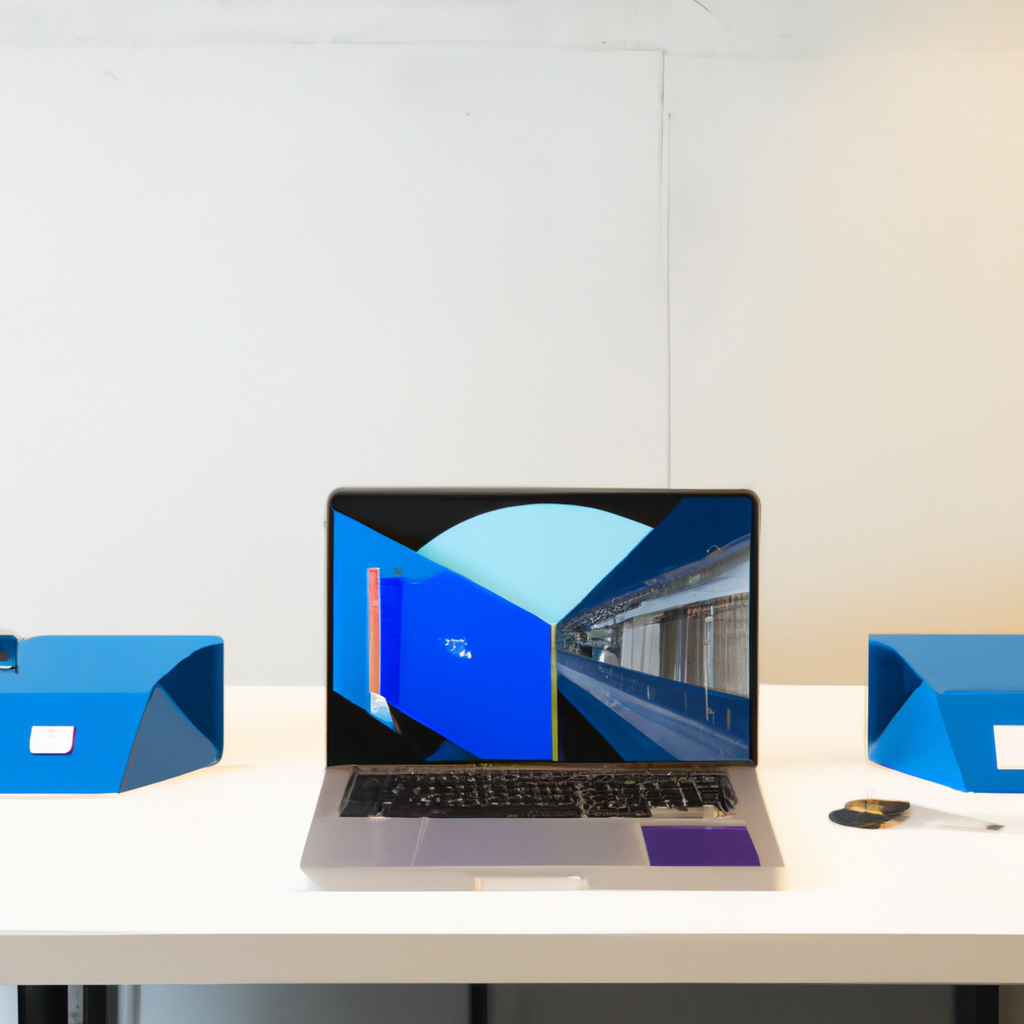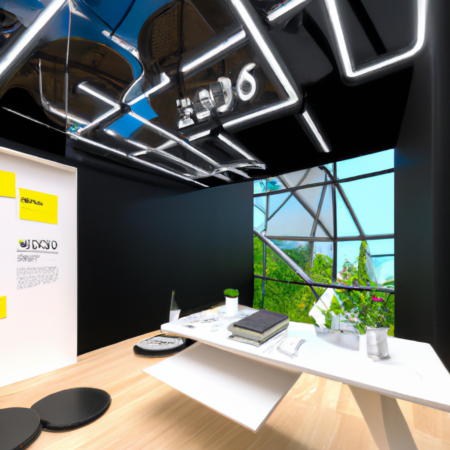Embracing Simplicity: The Future of UX Design in 2025
As we step into the second quarter of 2025, the landscape of User Experience (UX) design continues to evolve, focusing ever more on simplicity and user-centric approaches. This shift is not just a trend but a necessity, as digital interfaces become integral to everyday life.
Minimalism at its Peak
The concept of minimalism in UX design has transformed from a mere aesthetic choice to a fundamental framework that enhances user engagement and satisfaction. By reducing clutter and focusing on essential elements, designers can help users accomplish their goals with greater efficiency and fewer distractions.
Accessibility Takes Center Stage
Accessibility is no longer an afterthought but a key component of design strategy in 2025. Incorporating accessibility from the ground up ensures that products are usable by everyone, regardless of their abilities or circumstances, promoting inclusivity in the digital age.
The Rise of Voice-Activated Interfaces
Voice technology has seen significant advancements, and its integration into UX design is profound. Voice-activated interfaces are becoming ubiquitous, providing a hands-free, seamless user experience that enhances usability across various platforms and devices.
Predictive User Experiences
Leveraging powerful AI, UX designs can now predict user needs and behaviors, offering personalized experiences that anticipate what users might require next. This proactive approach not only improves user satisfaction but also drives engagement by making interactions more intuitive and less time-consuming.
Ethical Design and User Trust
As data privacy continues to be a hot topic, ethical design plays a crucial role in building and maintaining trust. Transparent practices and privacy-conscious designs are essential in ensuring that users feel secure and valued.
As UX continues to adapt and evolve, staying ahead means embracing simplicity, enhancing accessibility, and ensuring ethical practices are at the forefront of design. The future of UX design is not just about creating interfaces but crafting experiences that enhance human interaction with technology.






